- 02 9712 1736
- [email protected]
- 212 Great North Road, Five Dock, NSW 2046
- Open 7 days a week
Joint and muscle injuries can cause various symptoms, with variable onset patterns depending on whether the damage is acute (sudden) or chronic (growing gradually). Understanding the early warning signs is critical for quick intervention and preventing additional damage. This article investigates whether pain is always the first noticeable symptom and finds the early signs of gradually developing problems that patients should be aware of.
Joint and muscle injuries don’t always start with pain-early signs like stiffness, mild discomfort, or weakness often appear first, especially with overuse injuries. Recognizing these subtle symptoms can help you prevent serious damage and speed up recovery. Don’t ignore what your body is telling you! If you notice persistent discomfort or changes in your movement, take action early and consult a healthcare professional to stay active and injury-free.
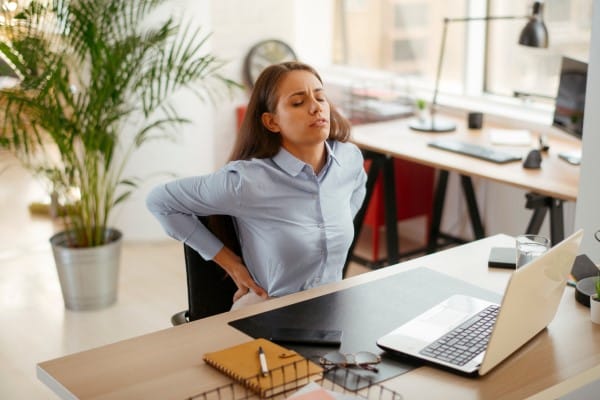
Pain is generally, but not always, the first symptom of a joint or muscle injury. The presentation is highly dependent on the injury mechanism and type. It is important to recognise that with chronic injuries, pain is not the first symptom to be on the lookout for.
Pain is often the first and most noticeable symptom of acute injuries caused by sudden trauma. When a muscle tears suddenly, patients typically feel abrupt and intense pain at the injury site. This discomfort may occur immediately ord evelop shortly after the injury event. Acute injuries, such as sprains and strains, typically present with immediate pain as the major symptom, indicating that damage has occurred.
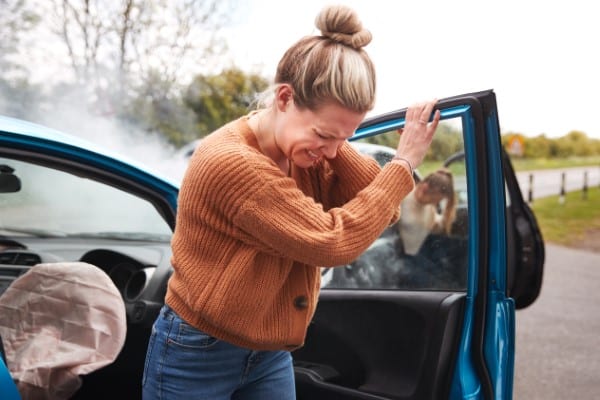
Pain is not often the first symptom of a progressively developing injury. During the early stages of overuse injuries, there is little or no pain and the athlete might unknowingly continue to place pressure on the injured area. Because of the lack of considerable initial pain, people may continue to engage in activities that aggravate their condition before realising they have sustained an injury.
When pain appears in overuse situations, it usually starts as a slight discomfort rather than a searing agony. It commonly manifests as nagging pain or ache in your joint or muscle, especially after heavy use. Because of its mild beginnings, many people mistake early warning symptoms for normal post-activity discomfort rather than the beginning of an injury.
For injuries that build over time, several subtle symptoms often precede significant pain. Recognizing these early warning signs can help prevent progression to more serious conditions.
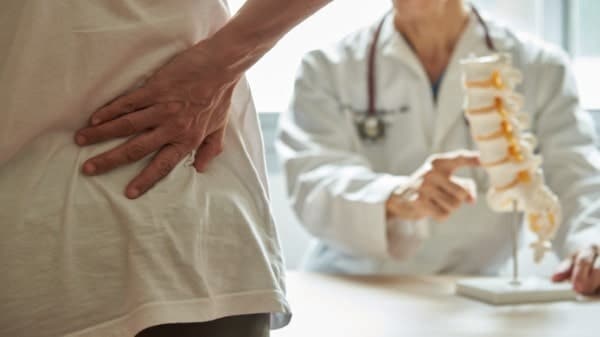
Mild soreness that goes away after warm-up is one of the first signs of an impending overuse injury. In the early stages of overuse injuries, you may feel soreness when you begin an activity, but this sensation fades as you continue to move. This pattern represents the body’s initial indication that tissues are under stress beyond their ability to recuperate between activity sessions.

Increased stiffness, especially after periods of rest or inactivity, frequently precedes substantial pain in developing injuries. Your body may feel stiff after use or be difficult to warm up following a period of inactivity. This stiffness happens because when your body detects harm, it produces inflammation to protect the area, which is what causes the increasing stiffness. This sensation may be most noticeable when you first wake up in the morning or after sitting for an extended period of time.
Localised discomfort when applying pressure to a single region is another early warning symptom that frequently precedes persistent pain. This symptom manifests as tenderness when the affected area is touched or compressed. A practical self-assessment involves pressing the identical location on the opposite side of your body; if there is a perceptible difference, you must determine why. This comparison can aid in detecting problems before they manifest into more evident symptoms.
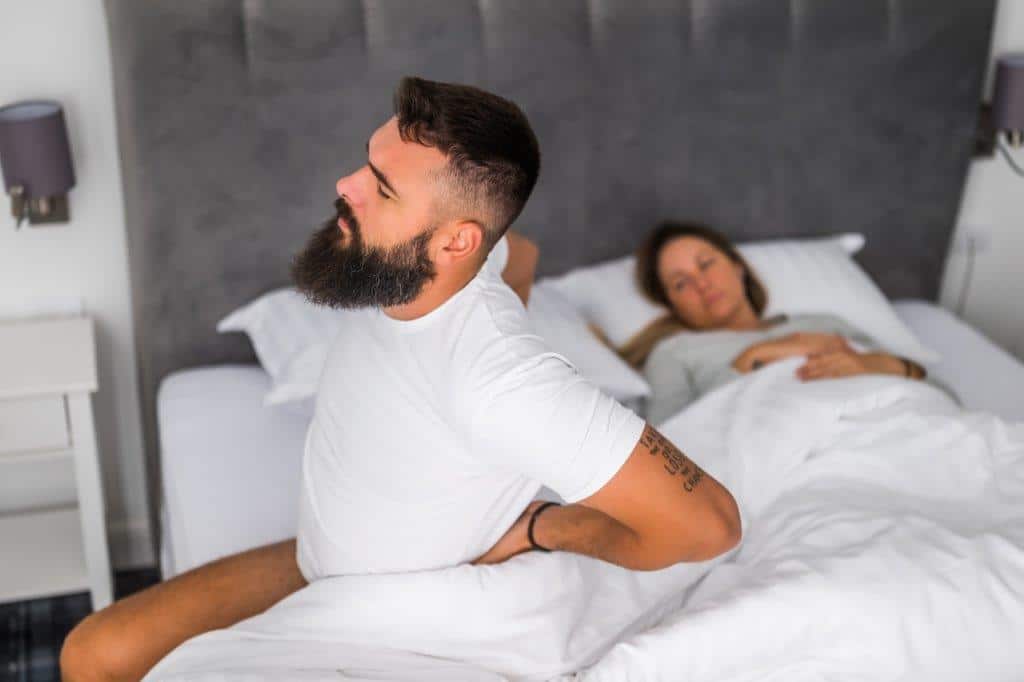
Mild swelling may occur before substantial pain develops in some overuse conditions. This swelling occurs when your body rushes fluid and white blood cells to the affected area, releasing enzymes that break down wounded tissues and other mechanisms that rebuild them. Early swelling may be minor, such as a small puffiness or a change in form relative to the unaffected side.
Decreased strength or premature fatigue in a certain muscle or joint may signal a problem before pain appears. With repeated strain injuries, weakness is one of the first signs that users may notice. This can appear as difficulties maintaining good form throughout activities or having to spend extra effort for actions that were once simple.
Overuse injuries typically follow a predictable progression pattern if early signs are ignored. Understanding this progression helps in recognizing at what stage an injury has developed.
In the earliest stage, discomfort appears only after activity and disappears during warm-up for subsequent sessions. At this point, the body can still manage the stress being placed upon it, but recovery between sessions may be incomplete.
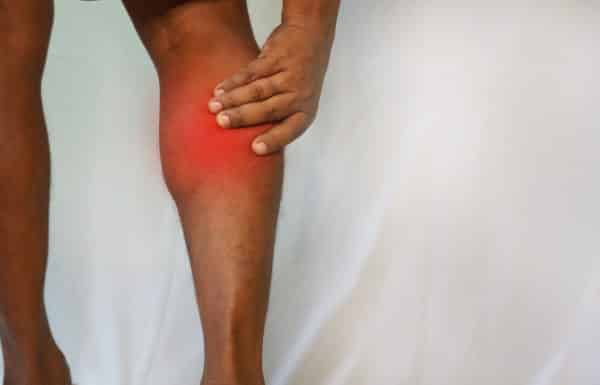
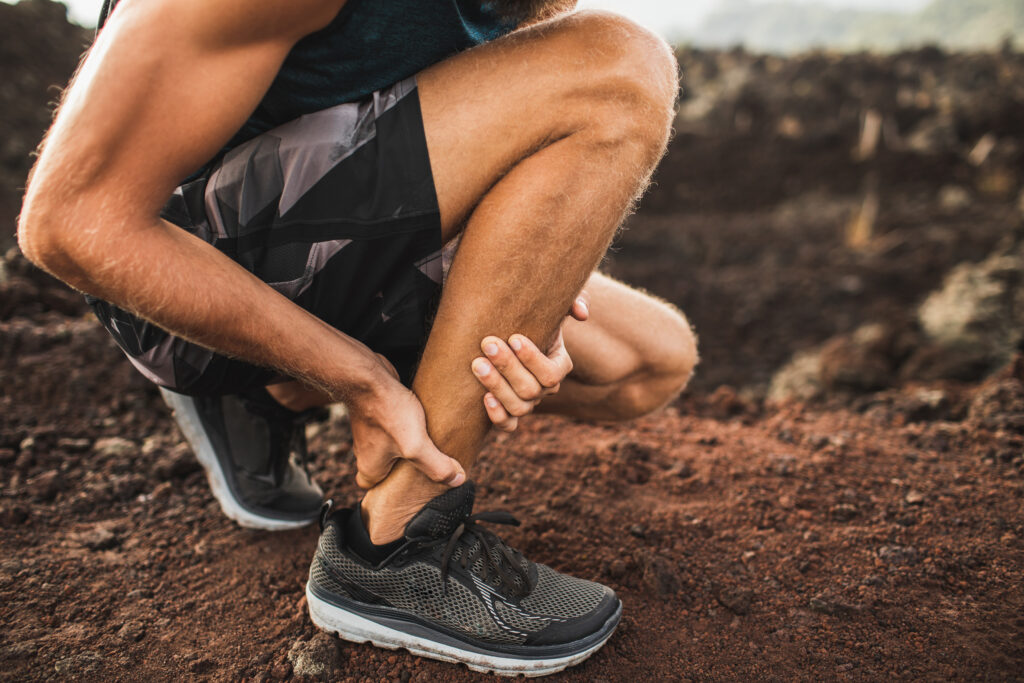
As the illness advances, discomfort may disappear during warm-up but return at the end of the activity. This suggests that, while the body can temporarily cope with stress by warming up, the underlying problem is increasing, and adaptation is becoming insufficient during extended activity.
In more advanced phases, discomfort begins at the start of action and worsens during it. At this point, the warm-up no longer conceals the symptoms, and continuing to exercise despite the discomfort risks causing more tissue damage.
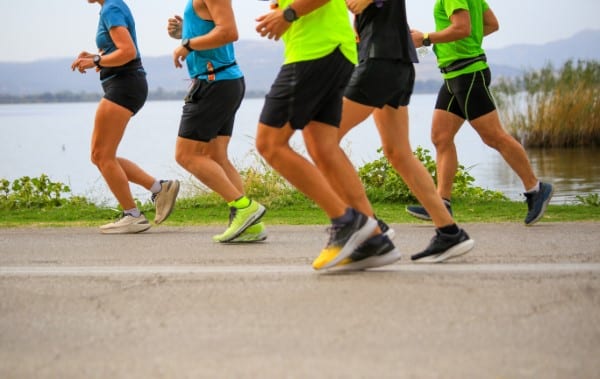
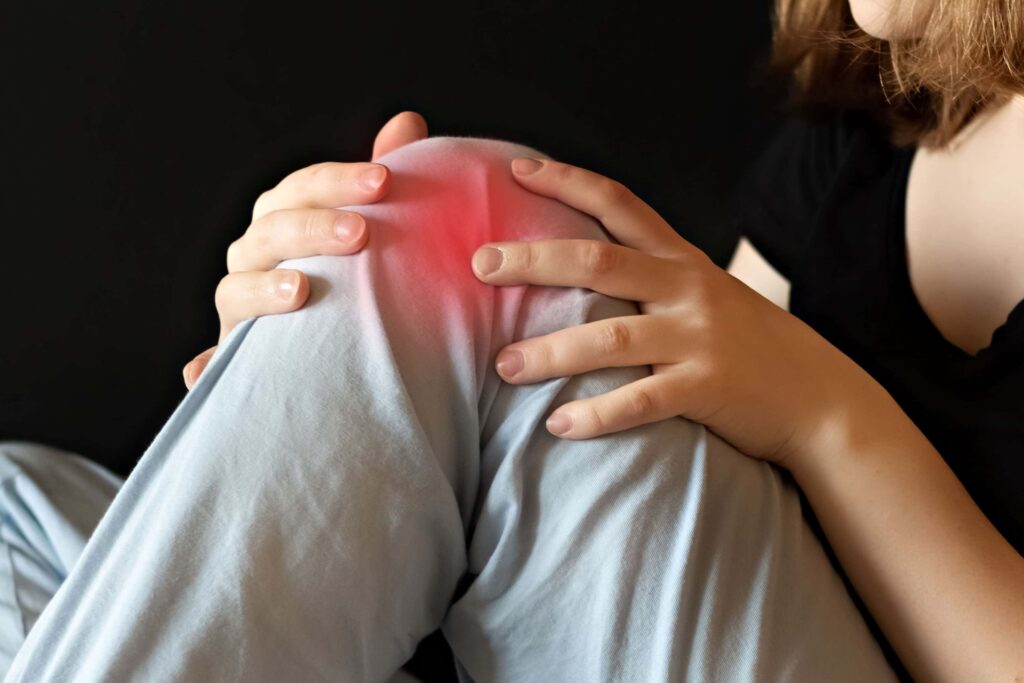
The final stage occurs when there is pain and/or discomfort all the time, even at rest. Reaching this stage indicates significant tissue damage has occurred, typically requiring longer recovery periods and potentially professional intervention.
While the term tissue degradation may sound counterintuitive, in the context of traction spine therapy, it refers to a controlled and beneficial process. By promoting tissue degradation in a controlled manner, traction contributes to healing, especially in cases where tissues may have become compromised due to chronic conditions or injuries.
The realm of traction spine therapy is continuously evolving, with ongoing research exploring its possible clinical benefits. While studies in journals such as the European Spine Journal provide valuable insights. Iit is essential to note that evidence can vary across conditions. Insufficient evidence exists in some cases, necessitating further research to establish the efficacy of specific traction techniques.
An important consideration is differentiating between normal post-exercise soreness and actual injury symptoms. After exercise, particularly when starting new routines or increasing intensity, it’s normal to experience some muscle soreness or stiffness known as delayed onset muscle soreness (DOMS).
The key differences are:
Normal soreness should disappear after a few days following exercise
Normal soreness typically affects muscles symmetrically rather than being isolated to one specific spot
Injury-related pain often feels sharp rather than the dull ache of normal soreness
Injury-related symptoms tend to persist or worsen rather than gradually improving
Different conditions affecting joints and muscles may present with varying initial symptoms:

Repetitive Strain Injury (RSI)
RSI symptoms typically develop gradually and impact the shoulders, elbows, forearms, wrists, hands, and fingers.Early symptoms may include pain that feels burning, aching, or throbbing; stiffness and weakness; tingling, pins and needles, or numbness; muscular cramps; and swelling.Tingling or numbness can precede considerable pain in some circumstances.
Arthritis
In joint-specific disorders such as arthritis, warmth and swelling of the joint frequently accompany or precede pain. As an early warning sign, the joint may develop an effusion. Pain may begin only while movement and evolve to pain during rest in later phases.
Polymyalgia Rheumatica
This condition causes muscle pain and stiffness, typically affecting the shoulders, neck, and arms and commonly the hips. Stiffness, particularly in the morning, is often a prominent early symptom before significant pain develops.
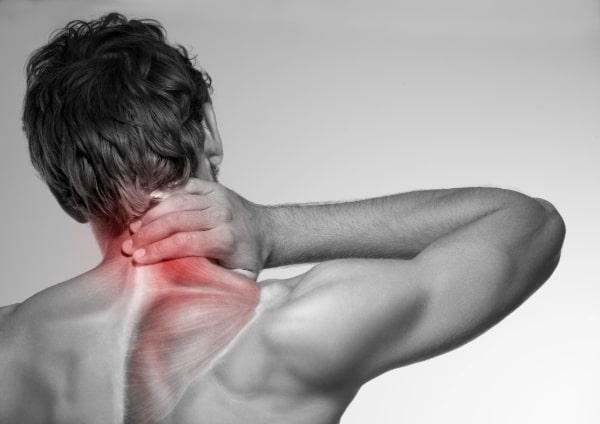
While pain is generally seen as the defining indication of joint and muscle injuries, it is not necessarily the initial sign, especially in slowly progressing overuse conditions. Early warning signals, such as discomfort that improves with warming up, increasing stiffness, localized tenderness, subtle swelling, and weakness often precede significant pain. These modest symptoms usually follow a gradual pattern, worsening over time if the underlying causes are not treated.
For patients who are concerned about potential injuries, monitoring for and responding to these early warning signs can help prevent their condition from worsening. When any of these early symptoms last more than a few days, intensify over time, or interfere with regular activities, it is essential that you visit with a healthcare expert for proper evaluation and treatment.

Scott has more than 20 years of clinical experience as a movement expert and musculoskeletal health professional. His thorough understanding of how pain affects your spine, joints, muscles, and total well-being is the result of significant academic study and many many years of clinical experience. Scott’s real interest in movement mechanics enables him to develop individualised care plans that summarise complex problems into clear, simple treatments, leading to quicker healing times. His friendly, attentive approach ensures that you not only comprehend but also feel supported throughout your treatment journey, allowing you to return to the things you like with restored confidence and vitality.
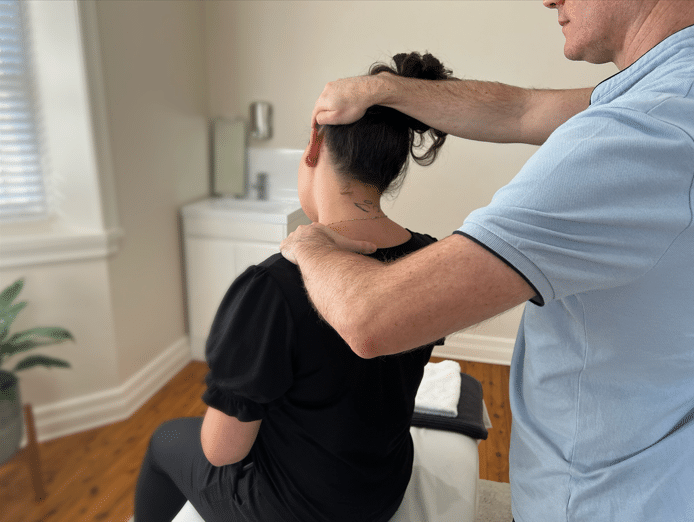
Forest Lodge, Annandale, Glebe, Leichhardt, Balmain, Haberfield, Canada Bay, Rozelle, Rodd Point, Wareemba, Stanmore, Petersham, Lilyfield, Hunters Hill, Enfield, Cabarita, Mortlake, Rhodes, Burwood Heights, Birchgrove, Gladesville, Huntleys Point, Abbotsford, Ashfield, Croydon Park, Croydon, Chiswick, Russell Lea, Burwood, Strathfield, Concord, Drummoyne, North Strathfield, Liberty Grove, Dulwich Hill, Lewisham, Camperdown, Ashbury, Homebush, Homebush West, Woolwich, Henley, Summer Hill, Sydney Olympic Park

About
Five Dock Osteopathic & Chiropractic is located in Canada Bay, in Sydney’s Inner West. Servicing suburbs including Burwood, Croydon, Drummoyne, Five Dock, Haberfield, Concord, Abbotsford, Chiswick, Leichhardt, Wareemba, Russell Lea, Summer Hill, Strathfield.
Clinic hours
Monday, Tuesday, Thursday 7AM – 7PM
Wednesday, Friday 7AM – 6PM
Saturday 7AM – 2PM
Sunday 8AM – 2PM
Contact details